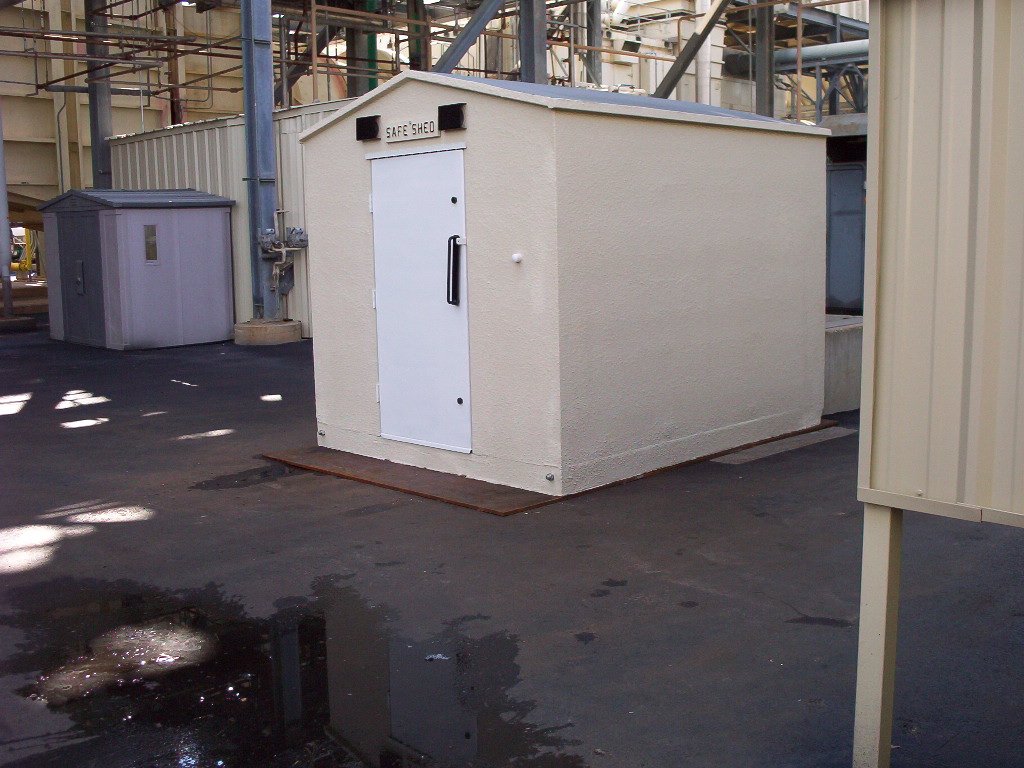In today’s world, extreme weather conditions are becoming increasingly common, making safety a top priority. One effective way organizations can protect themselves is through the installation of above-ground storm shelters. These shelters provide vital protection against threats such as tornadoes and hurricanes without needing extensive excavation or construction work. Here’s everything you need to know about their safety features, benefits, and how to choose the right storm shelter for your needs.
Safety Features of Above Ground Storm Shelters
Above-ground storm shelters offer a range of safety features that provide reliable protection during severe weather conditions:
- FEMA Compliance: These shelters are engineered to meet and exceed FEMA 320/361 and ICC/NSSA standards, ensuring robust protection against severe storms, including EF5 tornadoes.
- Durable Construction: Typically crafted from industrial-grade materials like 4” steel walls, they are designed to withstand winds of up to 250 mph.
- Ventilation: Equipped with ventilation shafts to maintain breathable air inside the shelter.
- Secure Doors: Above-ground storm shelters often include heavy-duty doors, weighing around 250 pounds, to prevent forced entry of wind and debris.
Benefits of Above Ground Storm Shelters
The tangible and practical benefits of installing above-ground storm shelters are significant:
- Rapid Installation: Unlike traditional shelters, these do not require excavation or the pouring of concrete, which reduces installation time to as little as two hours.
- Space Efficiency: Despite their compact installation process, shelters can hold a considerable number of people. For instance, some models accommodate up to 16 individuals, optimizing space with approximately 5 square feet per person.
- Cost-Effectiveness: The elimination of concrete pads or digging results in significant cost savings, making them financially accessible.
- Mobility: These shelters can be installed in various locations on a property, offering flexibility compared to underground alternatives.
- Peace of Mind: Providing a reliable refuge during extreme weather fosters peace of mind for families and employees alike, knowing there is a secure plan in place.
How to Choose the Right Above Ground Storm Shelter
When it comes to selecting the proper storm shelter for your needs, it is crucial to consider a few key factors:
- Capacity Needs: Determine how many individuals will need shelter so you can select a size that accommodates everyone comfortably.
- Location Considerations: Choose a location for installation that is easily accessible during an emergency yet does not obstruct daily activities.
- Compliance and Testing: Ensure the shelter meets all relevant safety standards and has been tested by third-party engineers, such as those from federal and state institutions.
- Installation Requirements: Opt for models that offer quick, hassle-free installation to ensure minimal disruption.
By understanding these safety features, benefits, and selection criteria, you can make an informed decision on which above-ground storm shelter will best suit your requirements, ensuring protection and security during severe weather events.



